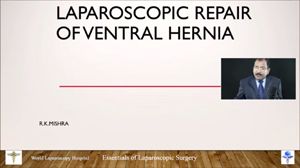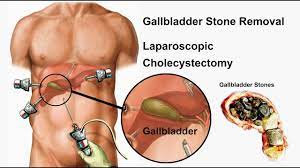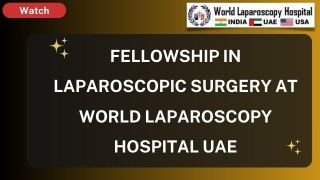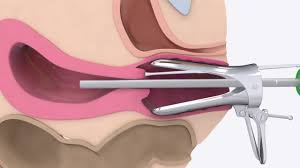Precision and Relief: Laparoscopic Removal of Posterior Cervical Fibroid
Add to
Share
1,019 views
Report
2 years ago
Description
Introduction: Posterior cervical fibroids can cause significant discomfort and impact a woman's quality of life. Traditional surgical approaches to remove these fibroids often involved open procedures, resulting in longer recovery times and increased risks. However, with the advent of laparoscopic surgery, the removal of posterior cervical fibroids has become more precise and less invasive. This essay explores the benefits and advancements in laparoscopic removal techniques for posterior cervical fibroids, highlighting the enhanced precision and relief offered by this minimally invasive approach. Body: Understanding Posterior Cervical Fibroids: Posterior cervical fibroids are noncancerous growths that develop in the posterior part of the cervix, the lower part of the uterus. These fibroids can cause symptoms such as heavy menstrual bleeding, pelvic pain, pressure on surrounding organs, and discomfort during sexual intercourse. To address these symptoms and improve a woman's quality of life, the surgical removal of posterior cervical fibroids becomes necessary. Laparoscopic Removal: A Minimally Invasive Solution: Laparoscopic surgery offers a minimally invasive alternative for the removal of posterior cervical fibroids. This technique involves making a few small incisions in the abdomen, through which a laparoscope and specialized surgical instruments are inserted. The laparoscope provides a high-definition view of the surgical area, allowing the surgeon to precisely locate and remove the fibroid while preserving the surrounding healthy tissue. Benefits of Laparoscopic Removal: Laparoscopic removal of posterior cervical fibroids offers several advantages over traditional open surgery. Firstly, the smaller incisions result in reduced post-operative pain, minimal scarring, and a quicker recovery time. Patients can often return to their normal activities sooner compared to open procedures. Additionally, the enhanced visualization provided by the laparoscope enables surgeons to navigate the delicate cervical area with greater precision, reducing the risk of complications and improving surgical outcomes. Enhanced Precision and Relief: Laparoscopic removal allows for targeted and precise removal of posterior cervical fibroids, providing relief from the associated symptoms. By preserving healthy cervical tissue, the procedure aims to maintain the integrity and functionality of the cervix while eliminating the fibroid. This approach can alleviate heavy menstrual bleeding, pelvic pressure, and pain, restoring a woman's quality of life and improving her overall well-being. Advancements and Future Directions: Advancements in laparoscopic techniques, such as the use of robotic assistance, continue to refine and enhance the precision of posterior cervical fibroid removal. Robotic-assisted laparoscopic surgery provides additional dexterity and control, further improving surgical outcomes and patient satisfaction. Ongoing research and innovations aim to optimize surgical techniques, reduce operating time, and minimize potential risks. Laparoscopic removal of posterior cervical fibroid is a minimally invasive surgical procedure that offers precise and effective treatment for women with fibroids located in the posterior part of the cervix. Unlike traditional open surgery, this approach involves making small incisions in the abdomen through which a laparoscope and specialized instruments are used to remove the fibroid. This description highlights the benefits of laparoscopic removal, including reduced post-operative pain, faster recovery, and enhanced surgical precision. By preserving healthy cervical tissue and eliminating the fibroid, this procedure provides relief from symptoms such as heavy bleeding and pelvic discomfort. Laparoscopic removal of posterior cervical fibroid offers women a minimally invasive solution for improved well-being and quality of life. Conclusion: Laparoscopic removal of posterior cervical fibroids has emerged as a highly effective and minimally invasive solution. By combining precision, relief, and faster recovery times, this approach offers significant advantages over traditional open surgery. With ongoing advancements in laparoscopic techniques, patients can benefit from improved outcomes, reduced post-operative discomfort, and a quicker return to normal activities. The precision and relief provided by laparoscopic removal are transforming the management of posterior cervical fibroids, offering women a safer and more efficient option for regaining their well-being and improving their quality of life.
Similar Videos






